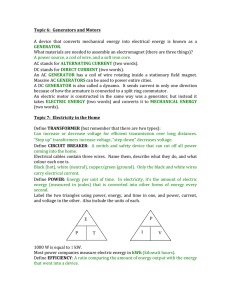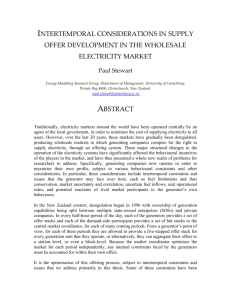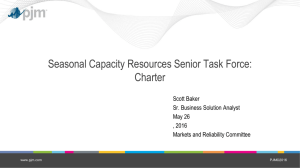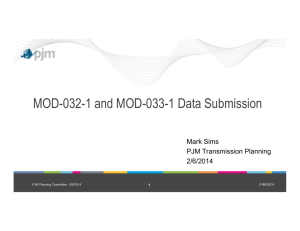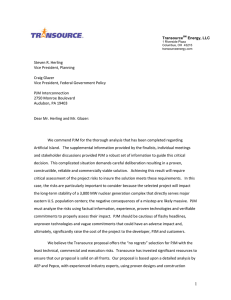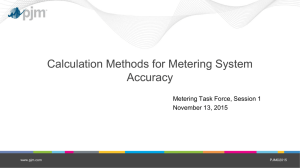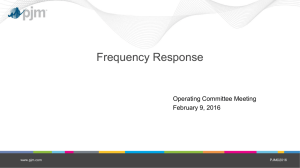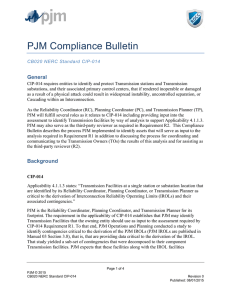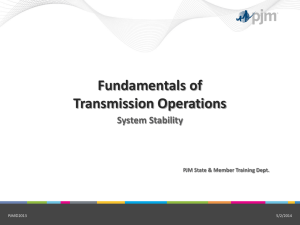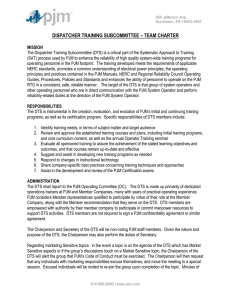Capacity Performance at a Glance
advertisement
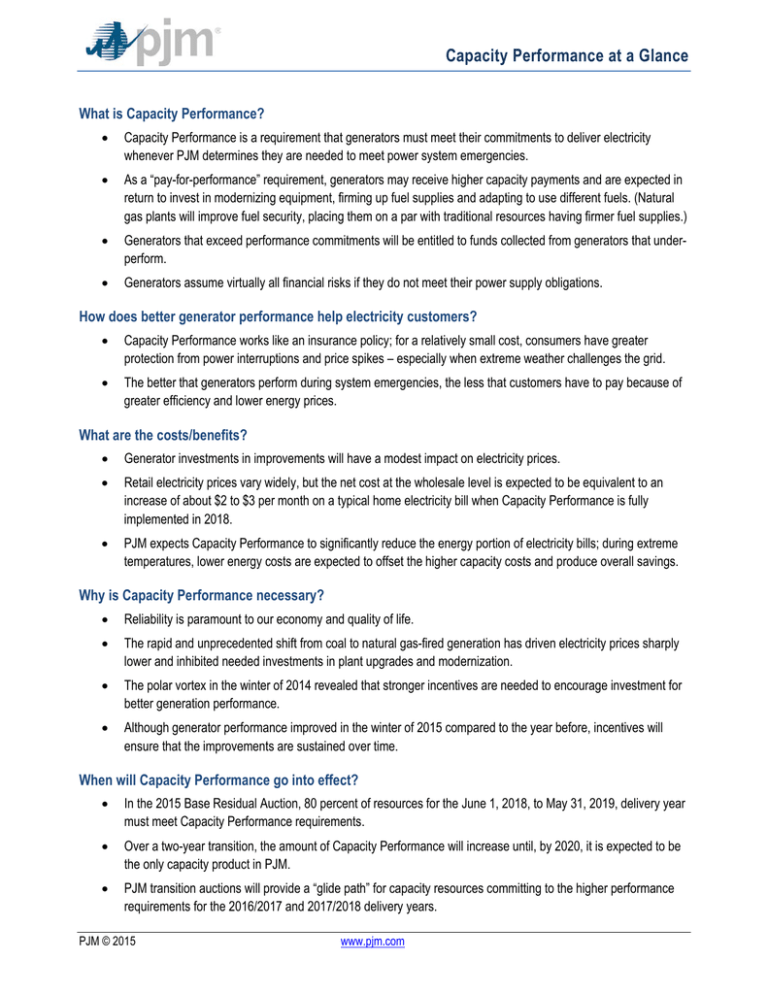
Capacity Performance at a Glance What is Capacity Performance? • Capacity Performance is a requirement that generators must meet their commitments to deliver electricity whenever PJM determines they are needed to meet power system emergencies. • As a “pay-for-performance” requirement, generators may receive higher capacity payments and are expected in return to invest in modernizing equipment, firming up fuel supplies and adapting to use different fuels. (Natural gas plants will improve fuel security, placing them on a par with traditional resources having firmer fuel supplies.) • Generators that exceed performance commitments will be entitled to funds collected from generators that underperform. • Generators assume virtually all financial risks if they do not meet their power supply obligations. How does better generator performance help electricity customers? • Capacity Performance works like an insurance policy; for a relatively small cost, consumers have greater protection from power interruptions and price spikes – especially when extreme weather challenges the grid. • The better that generators perform during system emergencies, the less that customers have to pay because of greater efficiency and lower energy prices. What are the costs/benefits? • Generator investments in improvements will have a modest impact on electricity prices. • Retail electricity prices vary widely, but the net cost at the wholesale level is expected to be equivalent to an increase of about $2 to $3 per month on a typical home electricity bill when Capacity Performance is fully implemented in 2018. • PJM expects Capacity Performance to significantly reduce the energy portion of electricity bills; during extreme temperatures, lower energy costs are expected to offset the higher capacity costs and produce overall savings. Why is Capacity Performance necessary? • Reliability is paramount to our economy and quality of life. • The rapid and unprecedented shift from coal to natural gas-fired generation has driven electricity prices sharply lower and inhibited needed investments in plant upgrades and modernization. • The polar vortex in the winter of 2014 revealed that stronger incentives are needed to encourage investment for better generation performance. • Although generator performance improved in the winter of 2015 compared to the year before, incentives will ensure that the improvements are sustained over time. When will Capacity Performance go into effect? • In the 2015 Base Residual Auction, 80 percent of resources for the June 1, 2018, to May 31, 2019, delivery year must meet Capacity Performance requirements. • Over a two-year transition, the amount of Capacity Performance will increase until, by 2020, it is expected to be the only capacity product in PJM. • PJM transition auctions will provide a “glide path” for capacity resources committing to the higher performance requirements for the 2016/2017 and 2017/2018 delivery years. PJM © 2015 www.pjm.com
